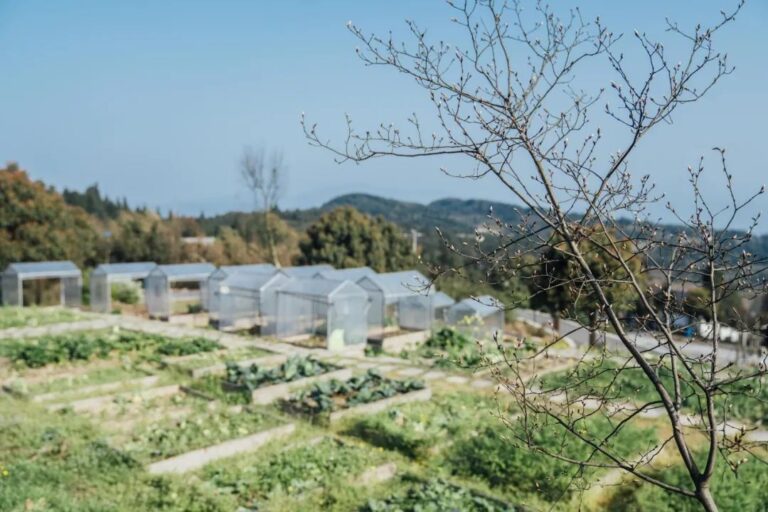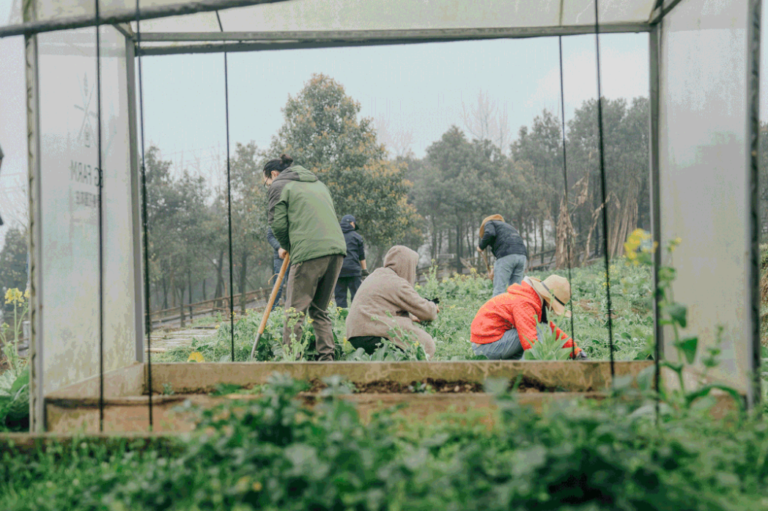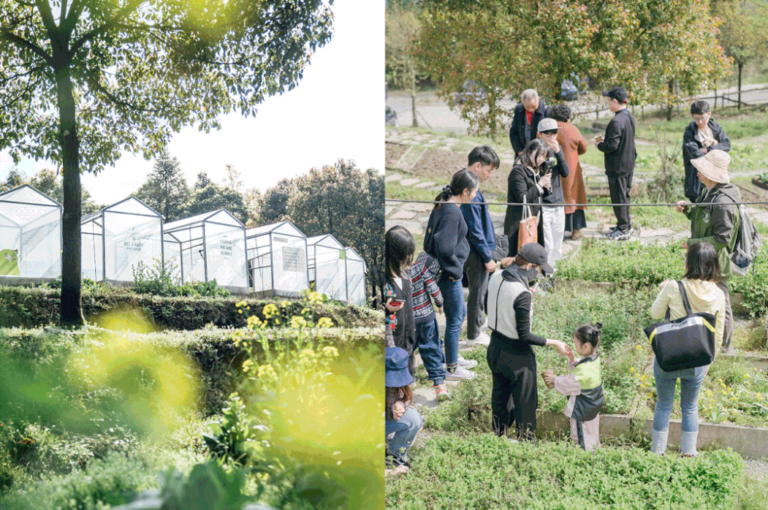This was a very interesting article and I was drawn to community green spaces and health. While reading this article, I learned about different ideas. The outbreak of epidemics in large cities is disrupting the daily life of human beings. The restrictions imposed on residents’ lives by prevention and control initiatives have reduced the scope for movement, leading to alienation and reduced socialisation, leading to mental health problems such as depression, and a growing rethinking of health issues. In a way it made me think about this theme.
According to research, communities are the only areas in which people can move around in a restricted state and play an important role in everyday life and in emergencies. Building a good community in a social environment is challenging and requires the integration of various design elements. Fast-paced, motorised and high-stress cities are the most obvious characteristics of society.Therefore, community green spaces have a positive effect on the health of residents.
Therefore,【1】community green space is for the whole community, when planning and designing green space, the proportion of the type of site for residents should be fully taken into account, providing service facilities to meet the daily needs of human beings. If there is only a single community green space, it is easy for long-term residents to become aesthetically tired and uninteresting, which is why it is important to plan a variety of community green spaces. For example, different community groups can be planted with different seasonal vegetation to enrich the life of the neighbourhood and provide different views throughout the year.【2】 Human beings are connected through social interaction in a shared community and will consciously contribute to the community for a common vision. Create community parks as places that allow social activities to take place and promote social interaction. Organising community green spaces with good accessibility, integrating open green spaces into the urban landscape and making them easily accessible to residents of the settlement, allows residents to interact as well as to exercise and move about, enhancing mutual understanding and trust between residents and strengthening their sense of belonging to the community.【3】 Horticultural therapy uses plants to produce healing effects on the five senses of human behaviour, and phytotherapy, which uses plants to perform creative acts, to soothe the body and mind and achieve healing effects on illness.
Reference
【1】The role of community green spaces in promoting population health and planning strategies
https://wenku.baidu.com/view/d2c2d227acaad1f34693daef5ef7ba0d4a736d8b.html
【2】Community Based Rehabilitation
https://www.scribd.com/document/356466489/community-based-rehabilitation-pdf#





 fig 4. Botanists give people scientific knowledge
fig 4. Botanists give people scientific knowledge
This was a very interesting article and I was drawn to community green spaces and health. While reading this article, I learned about different ideas. The outbreak of epidemics in large cities is disrupting the daily life of human beings. The restrictions imposed on residents’ lives by prevention and control initiatives have reduced the scope for movement, leading to alienation and reduced socialisation, leading to mental health problems such as depression, and a growing rethinking of health issues. In a way it made me think about this theme.
According to research, communities are the only areas in which people can move around in a restricted state and play an important role in everyday life and in emergencies. Building a good community in a social environment is challenging and requires the integration of various design elements. Fast-paced, motorised and high-stress cities are the most obvious characteristics of society.Therefore, community green spaces have a positive effect on the health of residents.
Therefore,【1】community green space is for the whole community, when planning and designing green space, the proportion of the type of site for residents should be fully taken into account, providing service facilities to meet the daily needs of human beings. If there is only a single community green space, it is easy for long-term residents to become aesthetically tired and uninteresting, which is why it is important to plan a variety of community green spaces. For example, different community groups can be planted with different seasonal vegetation to enrich the life of the neighbourhood and provide different views throughout the year.【2】 Human beings are connected through social interaction in a shared community and will consciously contribute to the community for a common vision. Create community parks as places that allow social activities to take place and promote social interaction. Organising community green spaces with good accessibility, integrating open green spaces into the urban landscape and making them easily accessible to residents of the settlement, allows residents to interact as well as to exercise and move about, enhancing mutual understanding and trust between residents and strengthening their sense of belonging to the community.【3】 Horticultural therapy uses plants to produce healing effects on the five senses of human behaviour, and phytotherapy, which uses plants to perform creative acts, to soothe the body and mind and achieve healing effects on illness.
Reference
【1】The role of community green spaces in promoting population health and planning strategies
https://wenku.baidu.com/view/d2c2d227acaad1f34693daef5ef7ba0d4a736d8b.html
【2】Community Based Rehabilitation
https://www.scribd.com/document/356466489/community-based-rehabilitation-pdf#